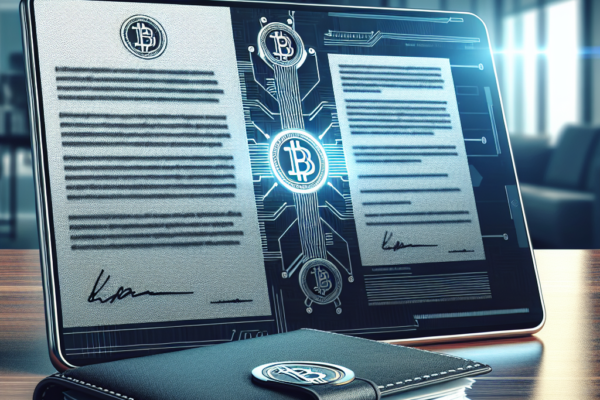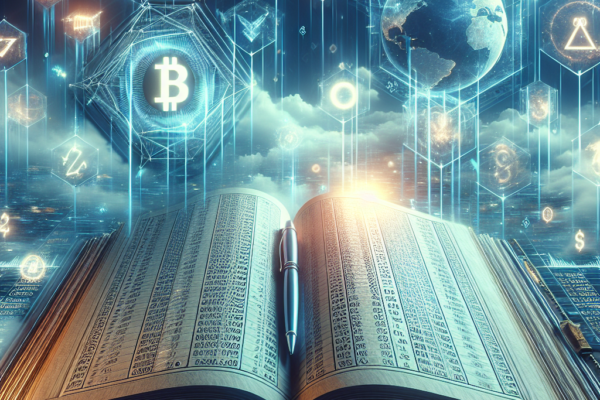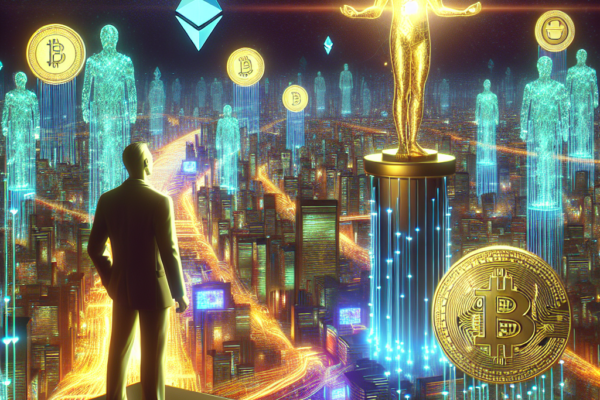OpenAI Introduces GPU Limiters After Studio Ghibli Demand Surge
In today’s rapidly evolving landscape of artificial intelligence and machine learning, the collaboration between creativity and technology has never been more pronounced. OpenAI, a leading player in this domain, recently announced an innovative solution aimed at managing a significant spike in demand for its services. Following an unprecedented interest sparked by a project reminiscent of the enchanting works of Studio Ghibli, OpenAI has introduced GPU limiters to ensure fair access to its powerful resources.
The Rise in Demand: Studio Ghibli’s Influence
The iconic Studio Ghibli is celebrated for its stunning animation and enchanting storytelling. Its influence transcends traditional media and spills over into the realm of artificial intelligence, particularly in creativity-driven applications. The artistic and imaginative nature of Ghibli films has inspired many creators and developers to harness AI capabilities to produce visually striking and emotionally resonant projects.
The surge in demand can be attributed to a surge of users experimenting with AI-generated content that pays homage to Ghibli’s unique aesthetic. OpenAI’s tools, like DALL-E for image generation and ChatGPT for narrative development, have become increasingly popular among content creators, artists, and developers aiming to replicate the whimsical magic associated with Studio Ghibli.
Understanding GPU Limiters: What Are They and Why Now?
As the demand for AI tools skyrockets, so too does the strain on the computational resources that power them. Graphics Processing Units (GPUs) are crucial for running complex AI models efficiently—serving as the backbone of modern AI computation. However, with a massive influx of users creating Ghibli-inspired content, OpenAI faced challenges in maintaining system stability and accessibility for all users.
To address these challenges, OpenAI introduced GPU limiters, a feature designed to manage the processing power allocated to various tasks. Here are some key aspects of this initiative:
- Fair Allocation of Resources: GPU limiters ensure that no single user monopolizes computational resources, allowing a broader range of creators to access these powerful tools.
- Stability and Performance: By managing how much GPU power is dedicated to each request, OpenAI can maintain system performance and reliability—a crucial consideration given the growing user base.
- Scalable Solutions: Limiters serve as a scalable approach that can accommodate future spikes in demand, ensuring that performance remains consistent no matter how many users engage with the platform.
The Implications of GPU Limiters for Creators
The introduction of GPU limiters brings both advantages and challenges for users. While it promotes fair use of resources, users may also encounter limitations in processing speed depending on demand.
Advantages
- Enhanced Accessibility: The limiters enable more users to participate in creating and exploring AI-generated content without the fear of slowdowns due to heavy traffic.
- Dynamic Scaling: As more creators join the platform, the system can effectively handle larger volumes of requests without compromising on quality or speed.
- Creativity Expansion: With better access to resources, more individuals can unleash their creativity, leading to a diverse ecosystem of Ghibli-inspired projects.
Challenges
- Processing Delays: Users may experience occasional delays if demand exceeds the available GPU capacity, potentially frustrating those working on tight deadlines.
- Learning Curve: Some users may find it challenging to adjust to the new system, particularly those accustomed to seamless, uninterrupted access to resources.
The Future of AI in Creative Domains
The surge in demand for AI tools inspired by icons like Studio Ghibli marks a pivotal moment in the intersection of technology and art. OpenAI’s introduction of GPU limiters underscores the importance of scalability and accessibility in AI innovations. As the creative landscape continues to evolve, the relationship between AI and the creative community will flourish, leading to groundbreaking advancements.
One clear takeaway from this development is that AI is not merely a tool for automation; it is becoming a partner in creativity. Artists are increasingly relying on AI to push boundaries and explore new territories, blending the lines between human creativity and machine intelligence.
OpenAI’s Commitment to Responsible AI
OpenAI has consistently emphasized the responsible and ethical use of AI technologies. By implementing GPU limiters, the company demonstrates its commitment to not only improving service delivery but also ensuring that AI technologies serve as an equitable resource for all users. This aligns with OpenAI’s broader mission—to promote safe and beneficial AI deployment across various sectors.
As we look to the future, initiatives like these will play a significant role in shaping how AI is used in creative fields. The balance between accessibility and resource management will determine the trajectory of innovation and creativity, enabling broader participation from diverse creators.
Conclusion
OpenAI’s introduction of GPU limiters is a strategic response to the burgeoning demand for AI tools driven by cultural phenomena like the Studio Ghibli influence. This initiative highlights the need for sustainable management of AI resources in an era where creativity and technology converge. As creators continue to explore the potential of AI in artistic expressions, the introduction of GPU limiters sets the stage for a vibrant future where innovation knows no bounds.
In a world teeming with possibilities, the synergy between human imagination and artificial intelligence continues to unlock new horizons. For creators, this moment is not just about harnessing AI technologies; it’s about embracing the future of storytelling and artistry—a future that’s as magical as the films of Studio Ghibli themselves. Embracing this change can lead to an expansion of creativity, a flourishing of new ideas, and perhaps, just perhaps, the birth of the next generation of animated wonders.




